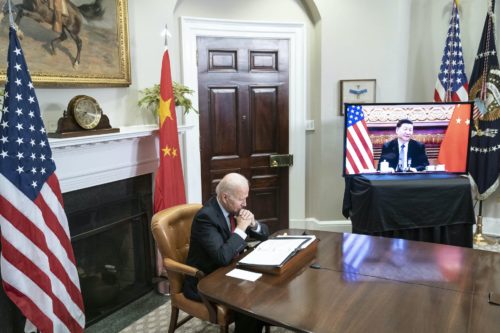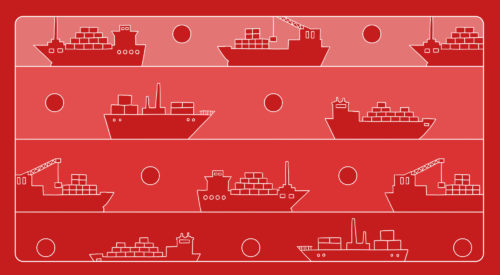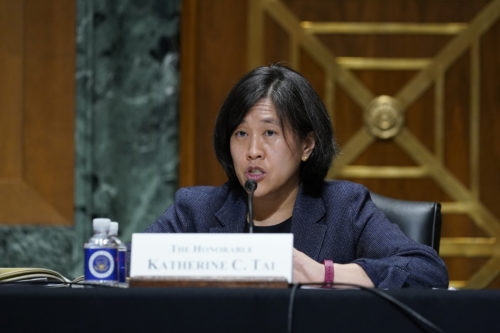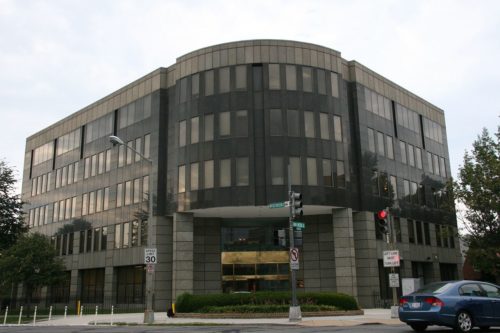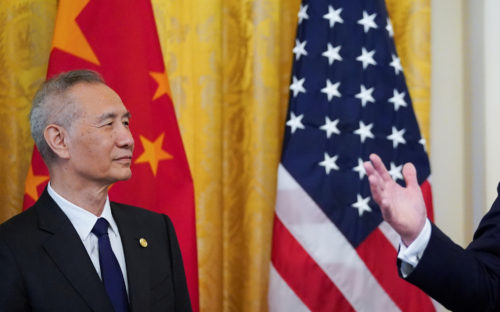Trade war, day 49: Headed toward economic ‘disengagement’?
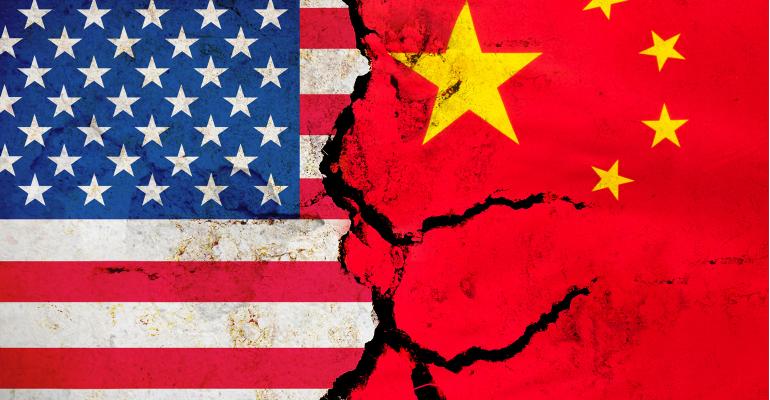
Today, lower-level American and Chinese negotiators met in Washington for the second day of talks (expectations were rock-bottom low on the first day), attempting to pave the way for further negotiations to work out trade tensions. The South China Morning Post indicates that today’s talks have ended “not with a bang but a whimper, if heard at all.”
Today is also the day that the reciprocal tariffs in the U.S.-China trade war reached $50 billion. A previously announced second tranche of American tariffs on $16 billion in Chinese imports, on top of the $34 billion already in place, went into effect, and China retaliated right away. Here are the products hit on both sides, summarized by the SCMP:
- U.S. tariffs hit “279 product categories – including semiconductors, plastics, chemicals and railway equipment – which [the U.S. Trade Representative] said had benefited from ‘Made in China 2025.’”
- Chinese tariffs taxed “333 product categories including aviation fuels, scrap copper and vehicles.”
You can read the USTR statement accompanying the second tranche of tariffs here, and a much shorter statement on what the Chinese Ministry of Commerce calls “necessary counterattacks” here (in Chinese).
Investors who had held out hope, for some reason, that the current negotiations would delay the second round of tariffs rushed to sell stocks at risk: “Caterpillar and Boeing, two bellwethers of global trade, fall 2 percent and 0.7 percent, respectively, after additional U.S. and China tariffs come into effect,” CNBC reports.
Where does this all leave us?
- “If the hawks in the Trump administration get their way, where this ends is in a disengagement of the two economies, not in a settlement through the kinds of negotiations that have been going on in Washington today,” Scott Kennedy, deputy director of the Freeman Chair in China Studies at the Center for Strategic and International Studies, said today.
- “Disengagement” has been considered a possible outcome of the U.S.-China trade war for months — see a New York Times report from May, “On Trade, the U.S. and China Consider the Unthinkable: Breaking Up” — but as tensions have worsened, it has seemed more and more likely.
- “The idea of going back to a world of higher tariff walls is no longer out of the question,” noted political scientist Joseph Nye told (paywall) Bloomberg Businessweek in July. He added that “after [Trump’s] European visit and tariff war, we have to consider the hypothesis that his intent is to destroy the institutions of the liberal international order” — including those that support free trade.
- But what if the tariffs are actually working? Will the trade war change China’s behavior with regard to market access, intellectual property theft, forced tech transfers, and the technology subsidies from the Chinese government set out in Made in China 2025? Fox Business asked this question to Robert Kuhn, a former banker, author of The Man Who Changed China: The Life and Legacy of Jiang Zemin, and producer of this state TV miniseries on understanding the Communist Party of China.
- “Tariffs at least will get people’s attention, and everybody’s focused on this,” Kuhn says. While he claims China is making progress on intellectual property protection, curbing industrial espionage, and market access, he says the country has maintained the “same ways of thinking and rules” as it had when it joined the WTO in 2001 when it was truly a developing country. Kuhn says the tariffs are forcing China to have a new way of thinking about itself.
Previously in The China Project’s trade war coverage:


